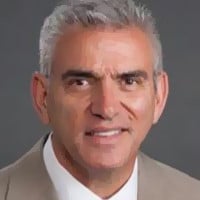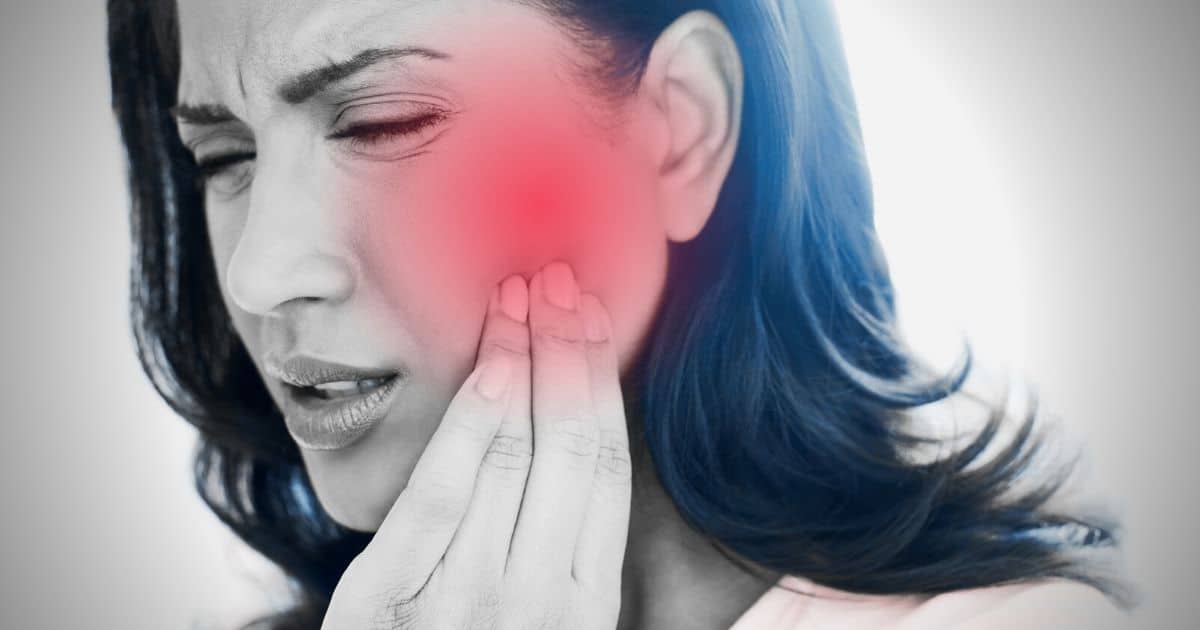Ramsay Hunt Syndrome (RHS) is a condition caused by the varicella-zoster virus (chicken pox), part of the herpesvirus family, which can remain dormant in cranial nerves or dorsal root ganglia after the initial infection, commonly known as chickenpox. Later in life, when the virus reactivates due to physiological stress or immunocompromise, it can result in herpes zoster or “shingles” anywhere on the body.
However, when the reactivation specifically involves the facial nerve, it leads to Ramsay Hunt Syndrome. This condition is named after the physician who first described its constellation of symptoms more than a century ago.
The facial nerve plays a crucial role in sensation and muscle movement on one side of the face, while the auditory/vestibular nerve is responsible for transmitting hearing and balance information from one inner ear.
Ramsay Hunt Syndrome Symptoms
When Ramsay Hunt Syndrome (RHS) affects these nerves, patients may experience a combination of symptoms, including:
Although the majority of patients do recover fully with appropriate treatment, some may develop long-term complications such as synkinesis and postherpetic neuralgia. Thus, early diagnosis and a multidisciplinary approach to management are essential to achieve the best possible outcomes for individuals affected by Ramsay Hunt Syndrome.
Prevalence
Ramsay Hunt Syndrome affects both immunocompetent and immunocompromised individuals, with an incidence of approximately 5 per 100,000 people per year. It constitutes about 7% of acute facial paralysis cases, with zoster sine herpete (a variant without rash) comprising up to 30% of those cases.
The risk of developing RHS increases with factors like stress, immunocompromise, chemotherapy, and infection. While chickenpox and shingles incidence has decreased with vaccination, Ramsay Hunt Syndrome can still occur in vaccinated individuals.
Pathophysiology and Clinical Presentation
The virus remains latent in the geniculate ganglion and primarily reactivates along the facial nerve. Other cranial nerves may also be involved, leading to symptoms such as hearing loss, vertigo, and facial numbness.
RHS patients typically present with the classic triad of ipsilateral facial paralysis, ear pain (otalgia), and painful vesicles on the auricle. However, patients who present early in the course of the disease may only have pain without facial paralysis or a rash.
The characteristic rash correlates to the areas innervated by the facial nerve. Rashes have been reported on the auricle, oral cavity, scalp, cheek, tongue, or palate.
Diagnosis
Ramsay Hunt Syndrome is a clinical diagnosis, and laboratory testing for the presence of varicella-zoster virus may lack sensitivity. Imaging studies like MRI may show inflammation near the geniculate ganglion.
Possible testing might include
- Blood tests for varicella-zoster virus
- Electromyography (EMG)
- MRI of the head
- Nerve conduction (to determine the amount of damage to the facial nerve)
- Skin scrapings to test for varicella-zoster virus
- Lumbar puncture (less common)
RHS Management and Treatment
The main goals of treatment are to decrease long-term complications and shorten the duration of symptoms. Antiviral medications like acyclovir, valacyclovir, or famciclovir are administered along with high-dose corticosteroids.
Symptomatic management includes pain relief, ocular protection, and treatment for vertigo and depression. In some cases, intratympanic steroid injections may be used.
RHS Prognosis
The prognosis depends on the severity of facial paralysis at presentation. If there is minimal damage to the nerve, you can generally expect to fully recover within a few weeks. However, if the nerve damage is more severe, complete recovery may take several months or may not be possible.
Starting treatment within the first 3 days after the symptoms appear significantly improves your chances of recovery. In such cases, most people make a full recovery. On the other hand, if treatment is delayed for more than 3 days, the likelihood of complete recovery decreases. Children generally have a higher chance of experiencing a complete recovery compared to adults. Early diagnosis and prompt initiation of treatment are crucial in optimizing the chances of successful recovery.
Timely diagnosis and a comprehensive, multidisciplinary approach to treatment are key to improving the overall quality of life for individuals affected by RHS.
Possible Complications
Short-term complications of Ramsay Hunt Syndrome include corneal abrasion, depression, and postherpetic neuralgia. Long-term complications may include synkinesis, postherpetic neuralgia, and persistent facial dysfunction.
Patients with RHS may need consultations with various specialists such as ENTs, neurologists, ophthalmologists, and psychologists or psychiatrists, based on their specific symptoms and complications.
Despite the challenges, most patients can regain a substantial portion of their original function through proper management and a multidisciplinary approach. Timely intervention, appropriate treatment, and ongoing care from a specialized healthcare team are crucial for achieving favorable patient outcomes and enhancing the overall quality of life for individuals affected by RHS.
About the author
 Alan Desmond, AuD, is the director of the Balance Disorders Program at Wake Forest Baptist Health Center, and holds an adjunct assistant professor faculty position at the Wake Forest School of Medicine. He has written several books and book chapters on balance disorders and vestibular function. He is the co-author of the Clinical Practice Guideline for Benign Paroxysmal Positional Vertigo (BPPV). In 2015, he was the recipient of the President’s Award from the American Academy of Audiology.
Alan Desmond, AuD, is the director of the Balance Disorders Program at Wake Forest Baptist Health Center, and holds an adjunct assistant professor faculty position at the Wake Forest School of Medicine. He has written several books and book chapters on balance disorders and vestibular function. He is the co-author of the Clinical Practice Guideline for Benign Paroxysmal Positional Vertigo (BPPV). In 2015, he was the recipient of the President’s Award from the American Academy of Audiology.
**this piece has been updated for clarity. It originally published on February 2, 2016






